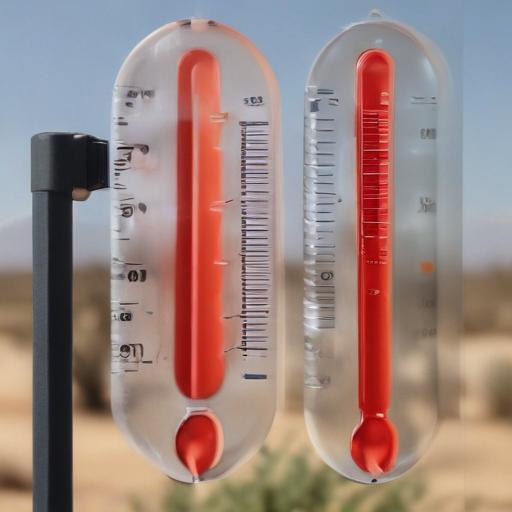Southern California braces for heat as fire danger rises; first responders gear up
As a sweltering heat wave moves into Southern California, local first responders are stepping up preparations to confront possible brush fires and heat-related emergencies. Across the region, fire departments are pre-staging engines and water tenders, positioning brush units along fire-prone corridors, and boosting staffing to cover longer shifts. Mutual-aid agreements with neighboring counties are being reviewed and reinforced to ensure rapid, coordinated responses if multiple incidents occur.
Forecasters warn that several days of elevated temperatures combined with dry conditions could intensify fire risk, especially in rural, hillside, and urban-wildland interfaces. Crews are prioritizing readiness to quickly respond to new fires, conduct initial attack, and scale up if needed. Emergency managers are also coordinating with regional partners to keep air support and rapid-response teams available should conditions deteriorate.
Officials emphasize that while equipment is being readied, community vigilance remains essential. Residents are urged to hydrate, limit outdoor activity during peak heat, and avoid outdoor burning when conditions are dry or windy. Those in high-risk areas should stay connected to local alerts and have an evacuation plan prepared for their households.
Commentary and context: The current push to bolster readiness highlights how heat waves are driving fire danger higher and testing regional coordination. The focus on pre-deployed resources and mutual aid reflects a broader trend toward proactive preparedness in fire-prone counties, aiming to keep communities safer and minimize smoke impacts and property loss. The upbeat takeaway is that the increased coordination and swift mobilization by agencies can help contain fires more quickly and reduce overall risk, even as the weather remains harsh.
What to know and how to stay safe:
– Stay informed through official alerts and weather advisories.
– Conserve water and avoid unnecessary outdoor activity during the hottest parts of the day.
– Check on neighbors who may need help during extreme heat.
– If you must burn outdoors, follow local regulations and weather conditions closely.
– Have a family evacuation plan and a packed emergency kit ready in case you need to leave quickly.
